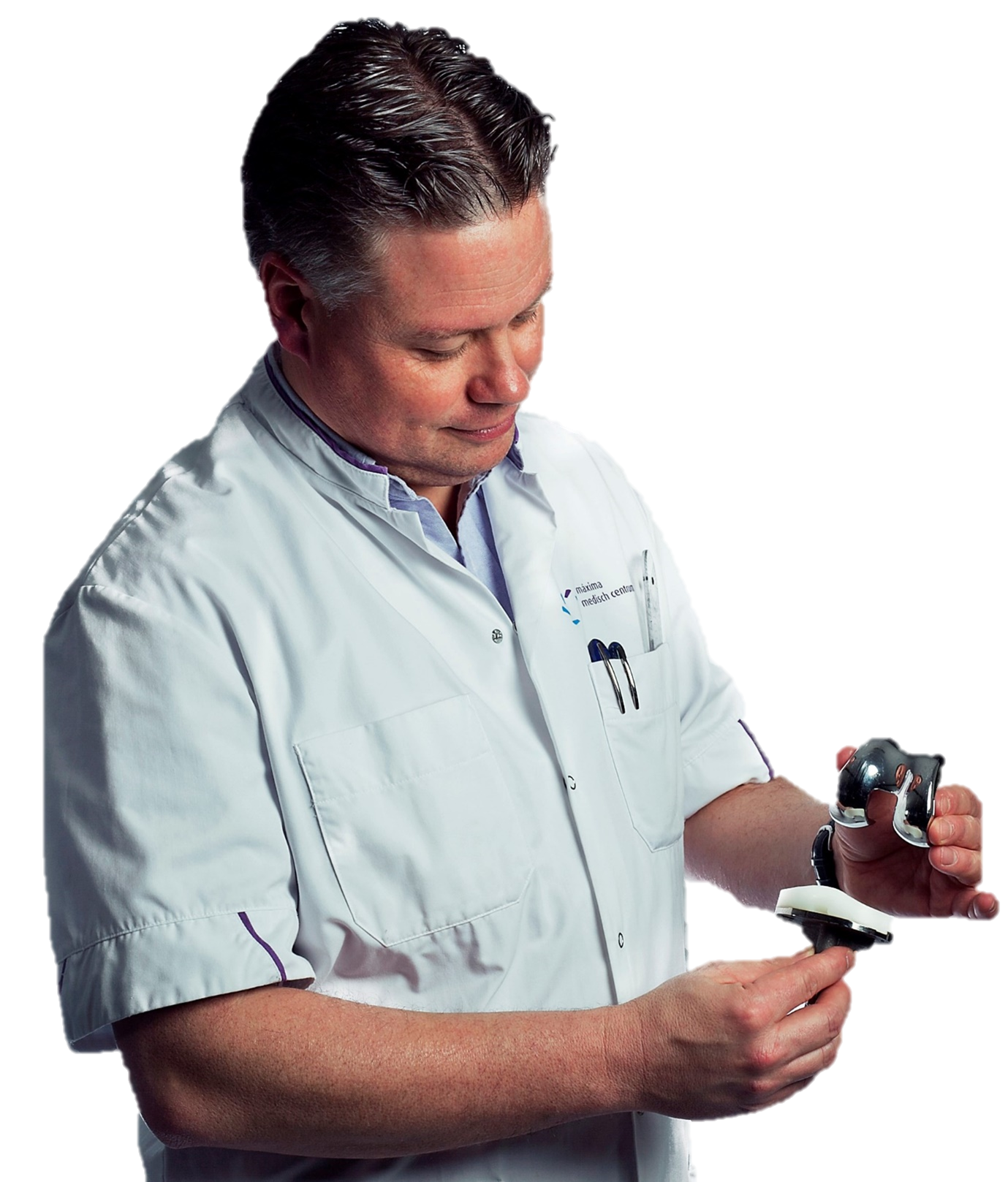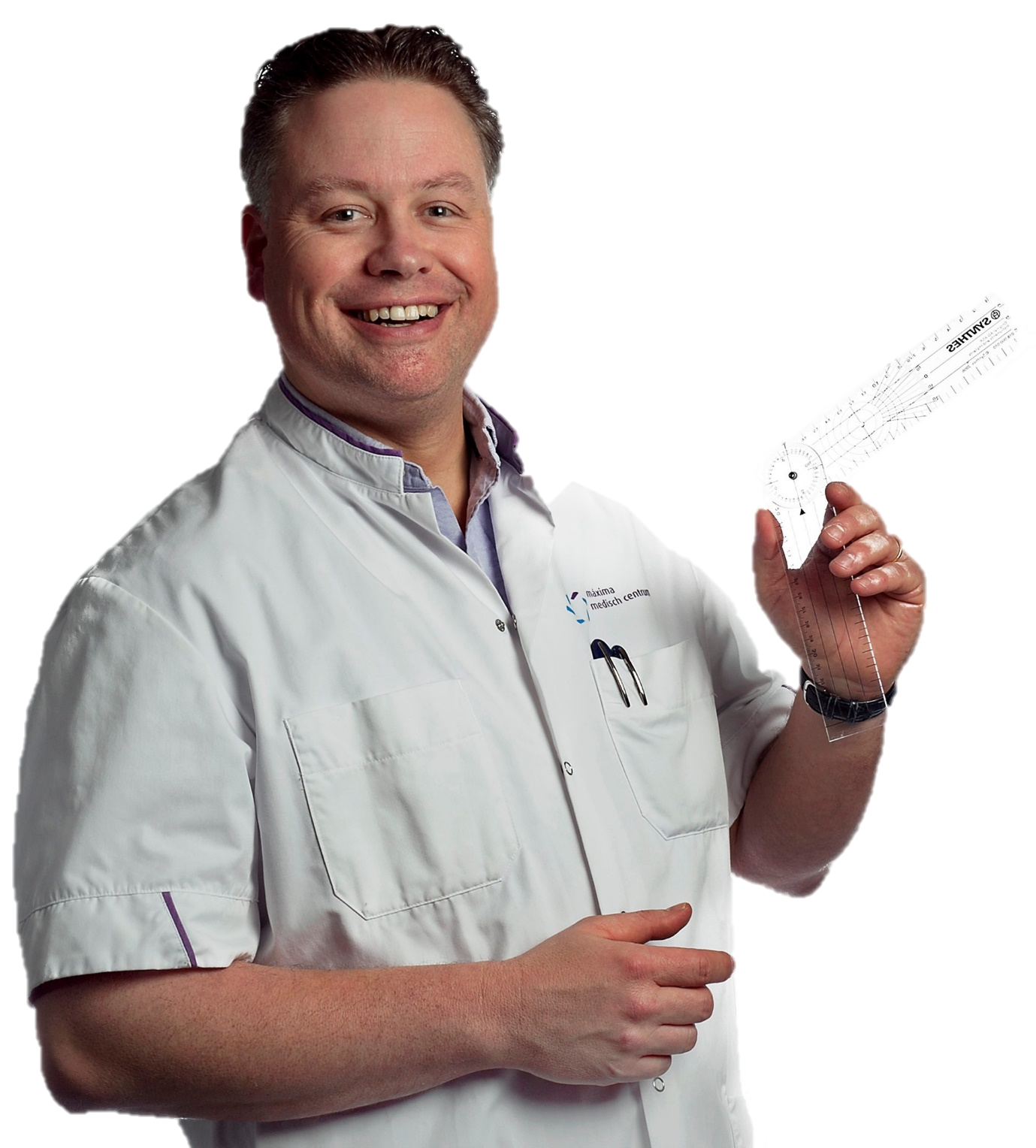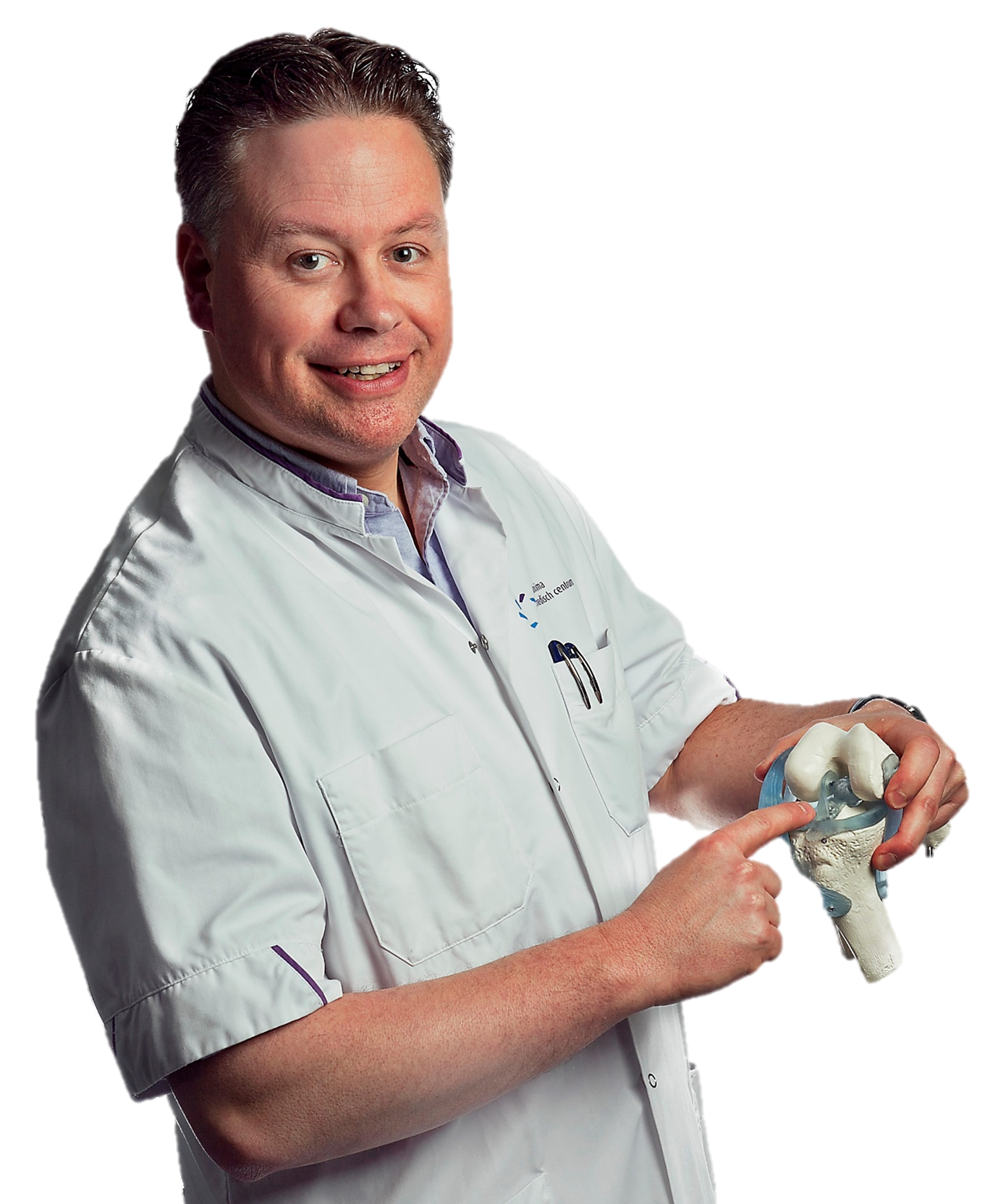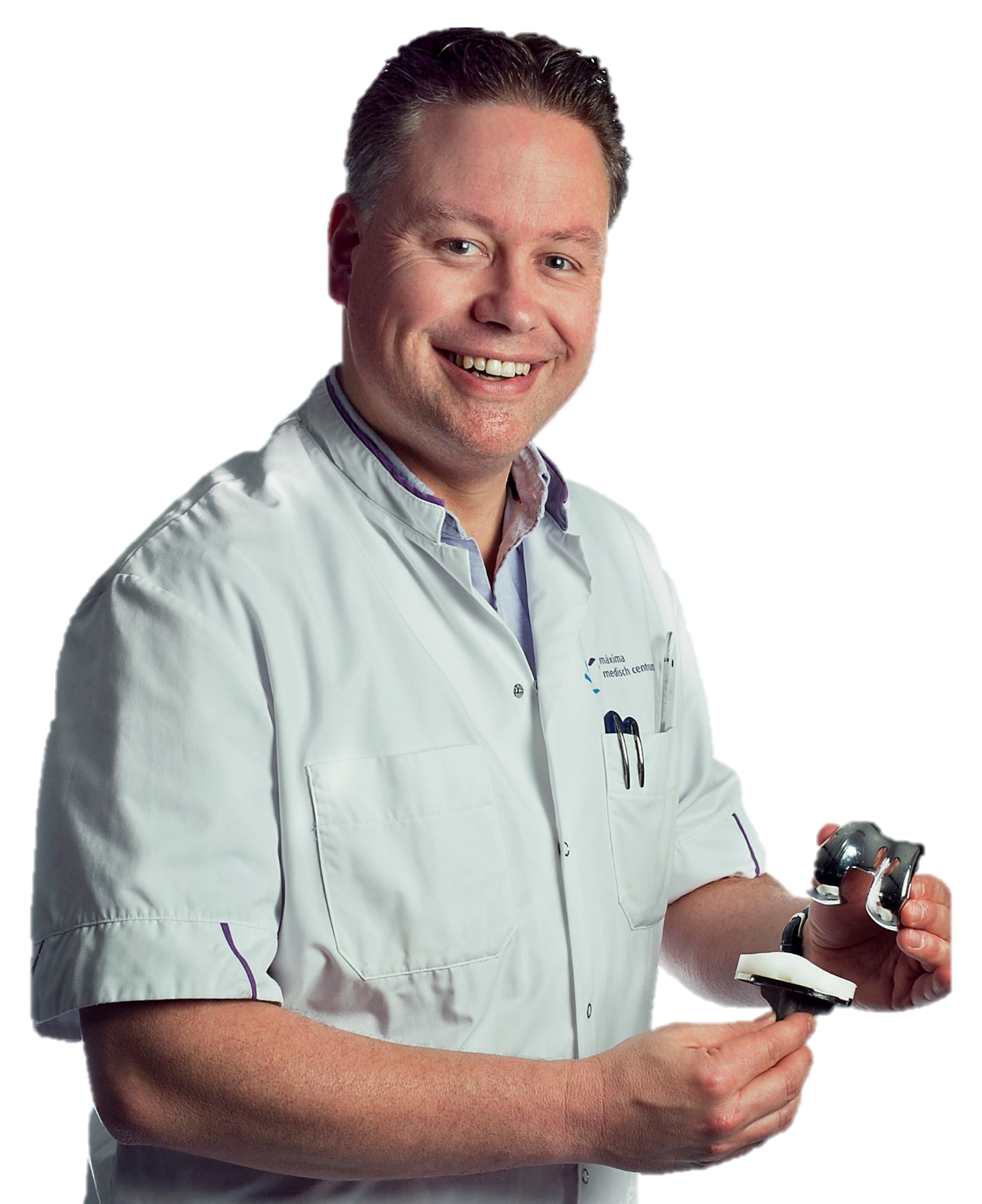STARR Study Group, Meuffels, D. E., &...
An ex vivo human osteochondral culture model

Abstract
To reduce animal experimentation and to overcome translational issues in cartilage tissue engineering, there is a need to develop an ex vivo human tissue-based approach. This study aims to demonstrate that a human osteochondral explant at different stages of osteoarthritis (OA) can be kept in long-term culture while preserving its viability and composition. Osteochondral explants with either a smooth or fibrillated cartilage surface, representing different OA stages, were harvested from fresh human tibial plateaus. Explants were cultured for two or four weeks in a double-chamber culture platform. Biochemical content of the cartilage of cultured explants did not significantly change over a period of four weeks and these findings were supported by histology. Chondrocytes mostly preserved their metabolic activity during culture and active bone and marrow were found in the periphery of the explants, while metabolic activity was decreased in the bone core in cultured explants compared to fresh explants. In fibrillated explants, chondrocyte viability decreased in the periphery of the sample in cultured groups compared to fresh explants (fresh: 94±6%, cultured: 64±17%, 2 weeks, and 69±17%, 4 weeks; p < 0.05). Although biochemical and histological results did not show changes within the cartilage tissue, viability of the explants should be carefully controlled for each specific use. This system provides an alternative to explore drug treatment and implant performance under more controlled experimental conditions than possible in vivo, in combination with clinically relevant human osteochondral tissue.
Keywords: articular cartilage, osteochondral, ex vivo, explant, osteoarthritis





